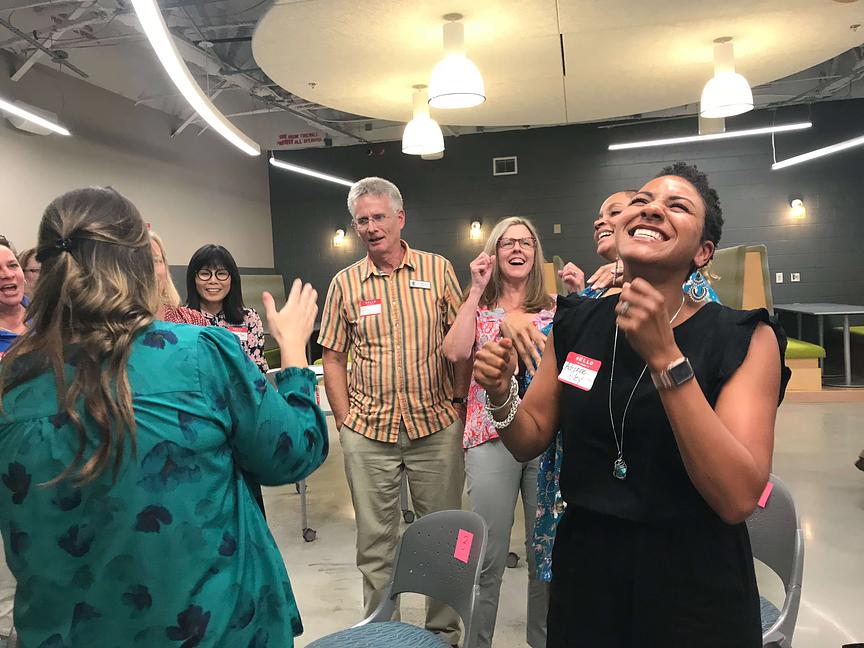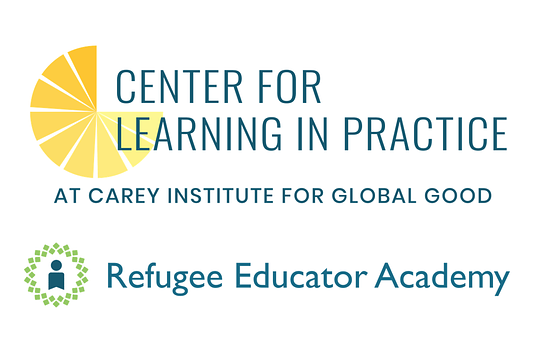Our approach is based on Design Thinking methods and mindsets.
The methods help to activate your expertise in pedagogy and content by generating new ideas. It starts with defining a challenge you want to solve for and with your students.
The mindsets help you develop your belief and confidence in tackling challenges and knowing what works for students and why.
The Guild’s approach is also based on adult learning theory and student learning science so teachers can experience first-hand how students learn best.
Inquiry Driven - Because teachers learn by solving problems, we develop their ability to start with questions, not answers, resulting in classrooms where students strengthen understanding through problem solving.
Collective Efficacy - Because teachers value problem solving in groups, we develop their ability to use evidence and collaboration to understand what works and why, resulting in classrooms where students work together and grow socially and emotionally.
Learner Centered - Because teachers prioritize their classrooms’ needs, we develop their ability to use empathy to identify students’ needs, resulting in instruction that links to students’ lives.
Metacognition - Because teachers are self-directed learners, we develop their ability to reflect and never stop learning, resulting in opportunities for students to monitor and adjust their approach to learning.
Actively Engaged - Because teachers have readiness to learn, we develop their ability to embrace, act on, and share ideas, resulting in classrooms where students engage in active learning experiences.
Self Efficacy - Because teachers are intrinsically motivated, we develop their belief that they can create change, resulting in classrooms where students feel increased agency.



